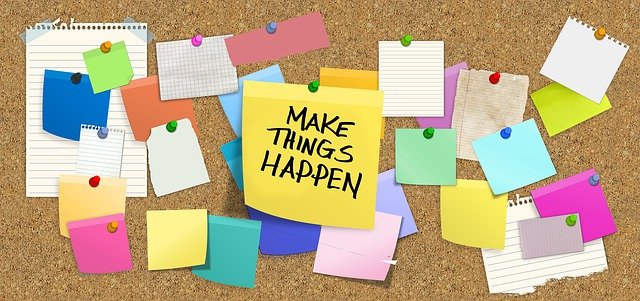Change is the only constant thing in life. We’ve been experiencing a lot of it lately since the COVID-19 pandemic hit. Sometimes circumstances force us to change, while other times, we choose to change to improve productivity. Either way, it’s never easy. This leads to the question, why is change so hard? And how can we adapt? Read on to find the answers.
Why Is Change So Hard?
Change isn’t a linear process. It requires you to interrupt the habits you’re used to while creating new habits. Yet, it doesn’t demand you accomplish this in one day. According to a study published in the European Journal of Social Psychology, habit-forming can take anywhere from 18 to 254 days. Committing to this change daily is why it feels so hard.
Our brains like operating with the familiar. Therefore, they use the path of least resistance, which isn’t the best for facilitating change. This leads to trial and error, which is frustrating to many. However, we sometimes still end up asking which is change so hard. The following are the reasons behind this:

- Embracing an all-or-nothing mindset.
- Relying on fear and other negatives to promote change.
- Trying to change all at once instead of over time.
- Absence of tools and resources required to make it happen.
- Overcommitting to many changes and depleting energy without making progress.
- Lacking serious commitment.
- Forgetting failure is a realistic expectation of the changing process.
Our change-resisting nature and the wrong strategies of going about it make it feel so hard to accomplish. But it doesn’t have to be.

Like every other habit, adapting to change can be learned. The following techniques help you attain sustainable change, and as you use them, they become familiar to your brain. This will ensure you’re transitioning more productively as you advance in life.
Accept the change
You may still be asking, “Why is change so hard?” But In order to deal with change productively, you must accept it. You will give yourself a chance to work on what happens next. However, if you keep denying, rejecting, and resisting it, you’ll likely stagnate and even give up on changing altogether.
See change as an opportunity not a threat
When you see change as a threat, neuroscientists say it produces distress, which prompts you to think of your inability to deal with the situation – a condition that leaves you stagnated. However, when you view change as an opportunity to learn or another positive outcome, you get eustress, a type of stress that prompts your physical, emotional, and mental faculties to work effectively. It helps you believe that change may be hard, but you have the ability to make it happen.

Get the resources and tools you need
One of the reasons people don’t change is because they don’t know how to or what to use. Whether you’re committing to a career change, saving more, moving to another neighborhood, or another change, get informed and assemble the tools before you begin.
Obey the stages of change

This is the most fundamental technique you need to understand. It helps you gain the clarity to not rush change or quit midway. Change happens in stages, as two psychologists, James O. Prochaska and Carlo C. DiClemente, discovered in 1997. After integrating multiple theories of change, they created the transtheoretical model of change, which breaks down this process into five principal stages.
1. Pre-contemplation
In this stage, someone doesn’t think about change because they don’t even know it’s needed. This is where the signs keep popping up but aren’t noticed, other than be other people.
2. Contemplation
Here, you recognize that you have a problem and you keep negotiating whether the change would be worth it. You’ll keep going over the pros and cons of changing and staying the same. Until you recognize that change is the best way to go, you won’t be able to get out of this stage.
3. Preparation
This is where all the goal setting and planning takes place. In this stage, you understand that you need to change and are willing to start the process. Remember your new year’s resolutions? You were preparing for the next step.
4. Action

This is where change seems hard because there’s lots of energy and commitment required. This stage is for implementing the plans you set. If, for instance, you want to stop procrastination and become more productive, you start following your set schedule. You have to follow the plan not to perfection but with the best consistency you can harness. You may fall back to your old habits every once in a while but keep on practicing for the set time you gave yourself.
5. Maintenance
In this stage, you’d have established your change by a great deal, but the risks of falling back to old habits would still be present. For this reason, you have to set up relapse prevention and coping strategies so you can make your change process as efficient as possible..
Reflect on and appreciate the progress
It’s easy to get caught up in an all-or-nothing mindset, especially when you’re struggling to progress or just relapsed after so much progress. In such cases, reflect on how far you’ve come, congratulate yourself, and appreciate those who have helped you in the journey. This will help you gain motivation to keep going.
Your turn. Why is change so hard for you? Which step seems to trouble you the most? Let’s keep the conversation going in the comment section below. Also, check out Seven Easy Positive Changes that Will Improve Your Life.,


